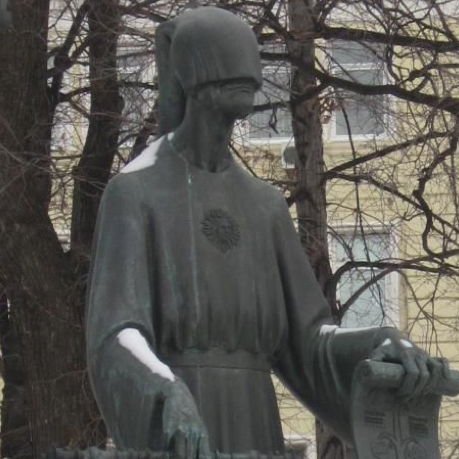Pseudoscience, technopanic and online youth
There’s an amazing group of sculptures in a park near the Kremlin in Moscow, called “Children are victims of adult vices” by Mihail Chemiakin.
This particular sculpture is “pseudoscience,” which is relevant for the talks that I (along with my ConnectSafely.org co-director Anne Collier) will deliver this week at the Safer Internet Day forum here in Moscow. Some adults have perpetuated myths both about dangers to young people online and the way youth treat each other in social media. Panicking over cyberbullying, sexting, predation and other risks is a form of pseudoscience that hurts young people. That’s not to say that these risks don’t exist, but that kids are far more resilient that many of us give them credit for. To ignore the growing research about youth risk is, indeed, an example of of pseudoscience. Scroll down for links to articles about real science on youth risk.
The other vices depicted in sculpture are drug addiction, prostitution, theft, alcoholism, ignorance, indifference, violence, sadism, lack of memory, exploitation of child labor, poverty and war. For more, see this on Wikipedia.

Mihail Chemiakin's "Children are victims of adult vices" taken by Lvova Anastasiya & downloaded from Wikipedia Commons
For more
Internet fact sheet from the Crimes against Children Research Center
Predator panic making a comeback
Let’s not create a cyberbullying panic
With new data we can stop the teen sexting panic
Why technopanics are bad (Anne Collier)
Why do we always sell the next generation short (Adam Thierer)

Leave a comment
You must be logged in to post a comment.